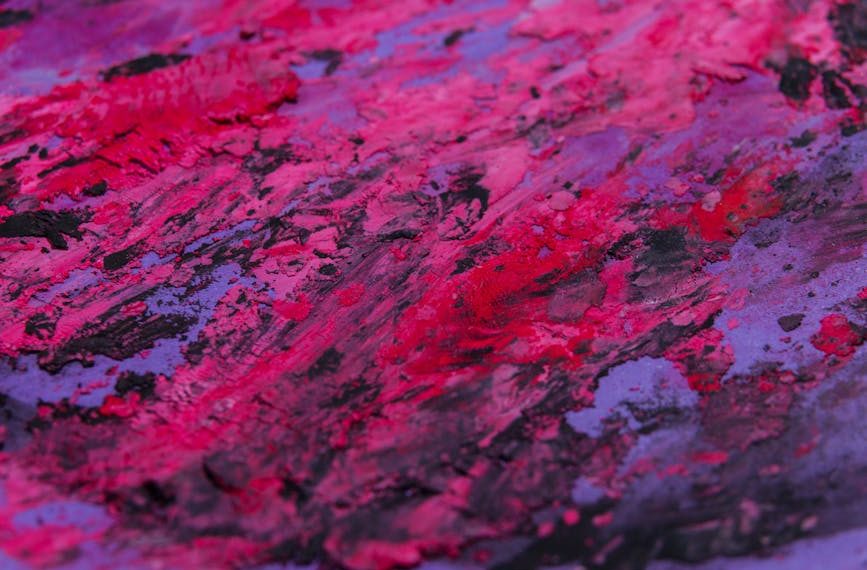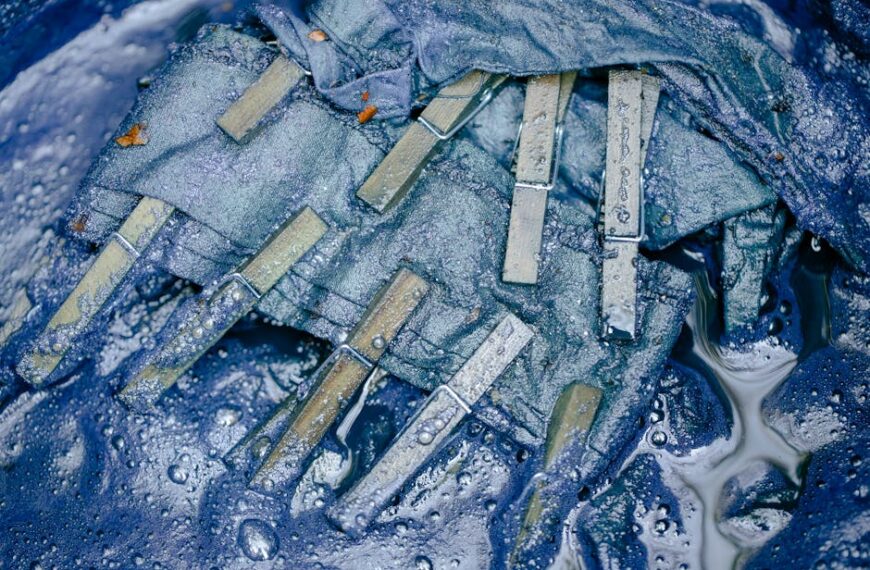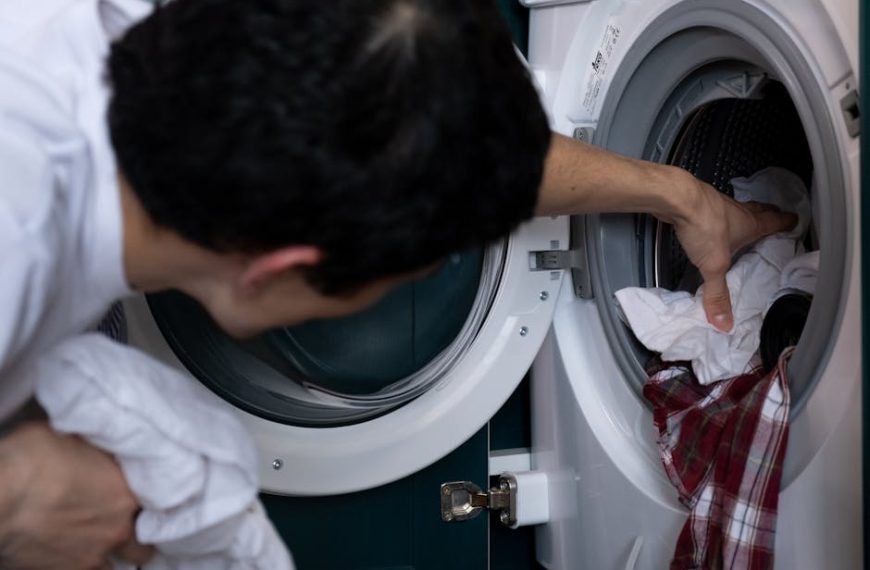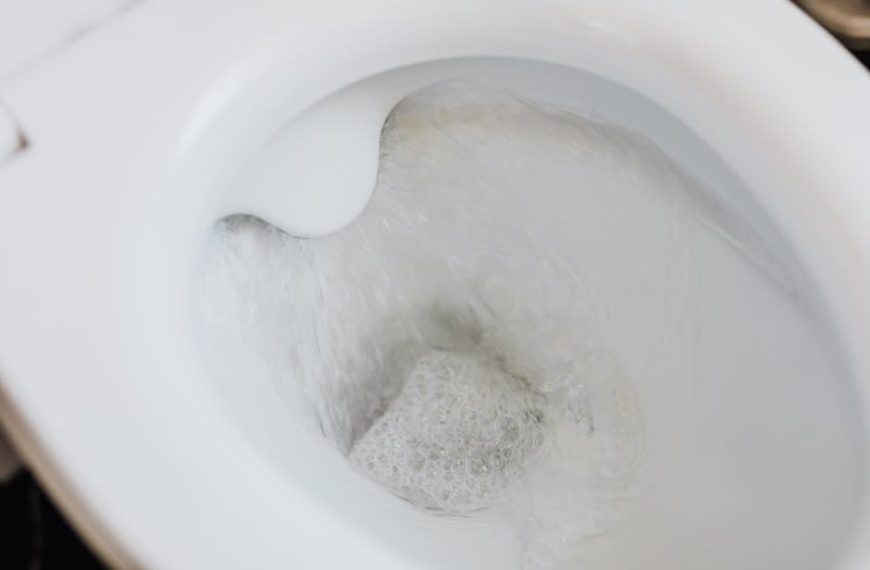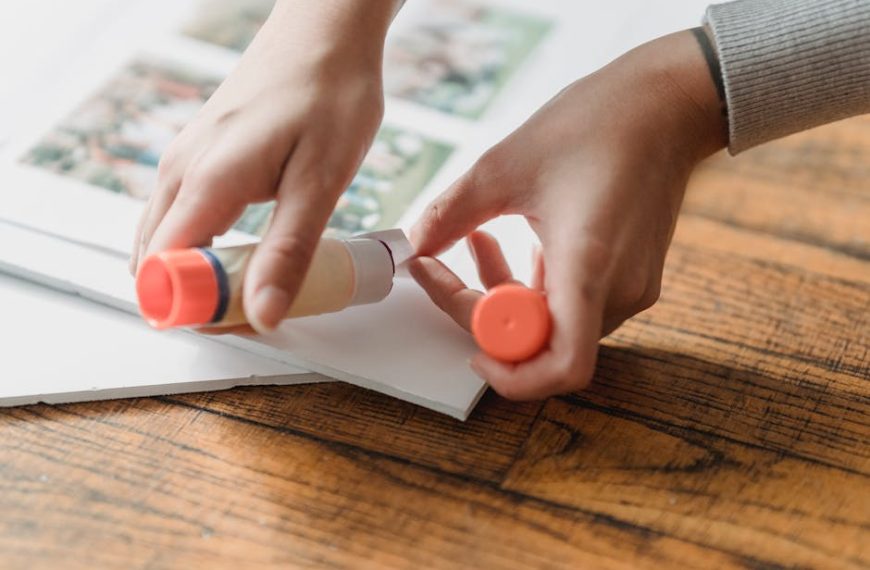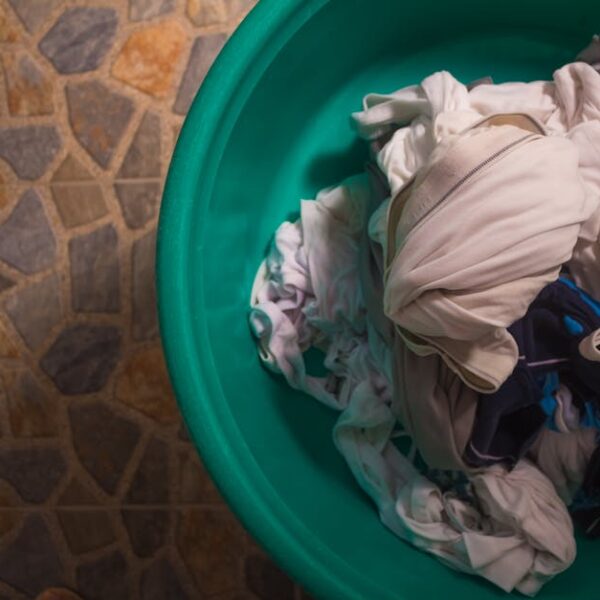Steam marks on bathroom walls are a common phenomenon but often misinterpreted as mere dirt or discoloration. They are indeed an accumulation of mineral deposits left behind by the process of steam forming condensation on the wall. These unsightly spots, often ring-shaped or streaky, can significantly degrade the aesthetic appeal of your bathroom if left unchecked. Diving into the causes of steam marks, it becomes clear that frequent baths or showers, inadequate ventilation, and an overall high level of humidity constitute the primary contributors.
One of the most effective measures against steam marks is their prevention. Crucially, balanced ventilation plays a massive role in minimizing condensation that, after all, is the primary source of steam marks. Consider the simple steps of keeping the bathroom door and window open for a while post-shower, or better yet, during the shower for constant airflow. An exhaust fan is another great addition; prompt use during and after the shower quickly removes the steam, preventing it from condensing on the wall. For those dealing with notoriously humid conditions, deploying a dehumidifier can work wonders in decreasing the indoor humidity levels.
Of course, preventive measures alone cannot completely eliminate the possibility of steam marks. Thankfully, superficial steam marks are relatively easy to clean, requiring items you very likely have at home. Mild detergent or soap, white vinegar, baking soda, a soft sponge or microfiber cloths, and a bucket of warm water can effectively remove these initial marks.
However, if neglect or lack of adequate preventive measures has led to deep ingrained steam marks, simple ingredients might not cut it. Commercially available bathroom cleaners, Magic Erasers, or enzyme-based cleaners take your cleaning game up a notch, helping remove tougher, persistent stains. All three of these have their own set of pros and cons such as DIY readiness, environmental impact or user safety, etc. Applying this information can aid you in selecting the most suitable option depending on the severity and nature of the stains as well as your personal preferences.
Once the steam marks are removed, consider it an opportune moment to inculcate a mindful cleaning regimen. Adopting post-cleaning maintenance and care not only enhances the longevity of the bathroom walls but is also your most tangible weapon against the reoccurrence of steam marks. A consistent cleaning schedule coupled with smart techniques can make this task less daunting. Integrating the use of protective wall sealer or paint provides an additional barrier against steam, reducing the chances of mineral deposits. And finally, maintaining proper ventilation will always be the cardinal rule in preserving the cleanliness and sheen of your bathroom walls.
Understanding the Cause of Steam Marks on Bathroom Walls
Have you ever noticed uneven, ring-shaped, or streaky marks on your bathroom walls after a hot shower? These are not mere dirt or discoloration—they are steam marks. Steam marks are accumulated mineral deposits left by condensed steam on your walls. This is a common phenomenon that often goes neglected, but its continuous neglect can significantly reduce the aesthetic appeal of your bathroom. Several factors contribute to the formation of these unsightly marks, including:
- Frequent baths or showers: The more you use hot water in your bathroom, the more steam you’re producing. This steam can eventually condense on the walls, leaving behind unwanted marks.
- Poor ventilation: If your bathroom is not properly ventilated, steam can linger for longer and settle on the walls, creating steam marks.
- High levels of humidity: The more humid your bathroom environment is, the more likely you are to see these steam marks forming.
Preventing Steam Marks on Bathroom Walls
Do you fall into the habit of jumping out of the shower and immediately leaving your bathroom without taking any preventive precautions? You might want to rethink this routine. One of the most effective measures against steam marks is their prevention. Proper ventilation and minimizing condensation are key. Here are practical tips to help prevent steam marks on bathroom walls:
Pro Tips:
- Always use an exhaust fan during and after your shower: This helps to quickly remove steam preventing it from condensing on your walls.
- Keep your bathroom door and window open post-shower: This promotes better airflow, ventilation, and helps in reducing condensation.
- Use a dehumidifier: If humidity levels are high, a dehumidifier can help to maintain an appropriate level of humidity, diminishing the formation of steam marks.
Initial Cleaning Methods to Remove Steam Marks
Got some light steam marks to tackle? No need to panic just yet! Initial cleaning methods can save your bathroom walls from the early stages of steam marks. The use of simple household materials like mild detergent, white vinegar, or baking soda can effectively combat these marks. Here’s what you’ll need:
✔️ Cleaning materials checklist:
- Mild detergent or soap
- White Vinegar
- Baking Soda
- Microfiber cloths or a soft sponge for gentle scrubbing
- A bucket with warm water to clean your cloth or sponge while you work
Deep Cleaning Methods for Persistent Steam Marks
When superficial cleaning methods don’t cut it, it’s time to crank it up a notch. Deeply ingrained steam marks require stronger cleaning agents, such as commercial bathroom cleaners, magic erasers, or enzyme-based cleaners. Let’s compare these options side-by-side to understand which is best suited for your needs.
| Product | Effectiveness | Pros | Cons |
|---|---|---|---|
| Commercial bathroom cleaner | High | Potent cleaning power, readily available | Potentially harmful chemicals |
| Magic Eraser | Medium to High | Effective on numerous surfaces, non-toxic | Can deteriorate the paint or finish over time |
| Natural enzyme-based cleaner | Medium | Environmentally friendly, safe for use | May require more physical effort, not as potent |
Can Tips for Removing Blu Tack Stains Help with Steam Marks on Bathroom Walls?
If you’re struggling with steam marks on bathroom walls, you might find that tips for eliminating blu tack stains can prove beneficial. Both issues involve residue left behind, so using a gentle cleaner that removes both can save you time and restore your bathroom’s aesthetic appeal.
Post-Cleaning Maintenance and Care for Bathroom Walls
Getting rid of the steam marks is half the battle—you’ve got to keep them from coming back! Here, regular maintenance and care is your best friend. By establishing a routine and using specific products, you can help to extend the life of your bathroom walls and prevent future buildup of steam marks. Here are some best practices to consider:
✔️ Regularly clean walls after showers: This will help to prevent the accumulation of minerals.
✔️ Use a protective wall sealer or paint: These products create a barrier against steam, reducing the potential for mineral deposits.
✔️ Maintain good ventilation: This, as discussed earlier, is the cardinal rule in preventing the buildup of steam and condensation on your walls.
Wrapping up, removing steam marks from your bathroom walls may seem like a daunting task, but with the right preventative measures, suitable cleaning techniques, and diligent maintenance, you can keep your bathroom walls pristine for the long haul.
Key Takeaway:
- Steam marks on bathroom walls predominantly result from frequent hot water usage, inadequate ventilation and high humidity levels.
- Prevention is fundamental, with crucial steps revolving around effective ventilation to minimize steam condensation.
- Simple household items like mild detergent, white vinegar, or baking soda successfully eradicate superficial steam marks.
- Deep ingrained steam marks require stronger solutions like commercial bathroom cleaners, Magic Erasers, or enzyme-based cleaners.
- Post-cleaning maintenance consisting of regular cleanups, use of wall protectants, and maintaining ventilation prevents recurrence of steam marks.
While steam marks can degrade the overall appeal of your bathroom, remember that they are nothing more than descriptions of a well-used bathroom! By taking these simple and effective preventive actions, following appropriate cleaning practices, and maintaining post-cleaning care, you can preserve the cleanliness and shine of your walls. Don’t let steam marks ruin your serenity – embrace these practices and enjoy your clean sparkling bathroom!
FAQs
Q: Is there any alternative I can use if I don’t have an exhaust fan?
A: Yes, you could keep the bathroom door and the window open during and after the shower to allow steam to escape and facilitate ventilation.
Q: Will using cold water prevent steam marks?
A: Using cold water will reduce the amount of steam produced and hence, the likelihood of steam marks. However, other factors like humidity can still contribute to steam mark formation.
Q: Can I use a hairdryer to remove steam from the bathroom?
A: While a hairdryer can help to dry up the walls faster, it is not an efficient long-term solution for preventing or removing steam marks.
Q: What type of protective wall sealer is best for preventing steam marks?
A: A waterproof or moisture-resistant sealer is recommended. Consult with a painting or home improvement professional for specifics relating to your bathroom conditions and wall type.
Q: Is there any specific cleaning schedule to prevent steam marks?
A: Cleaning your bathroom walls after each shower can significantly help in preventing steam marks. Establish a routine that works best for you.
Feel free to share this article with others who may find it helpful and explore further posts on our site for more practical tips and advice.

